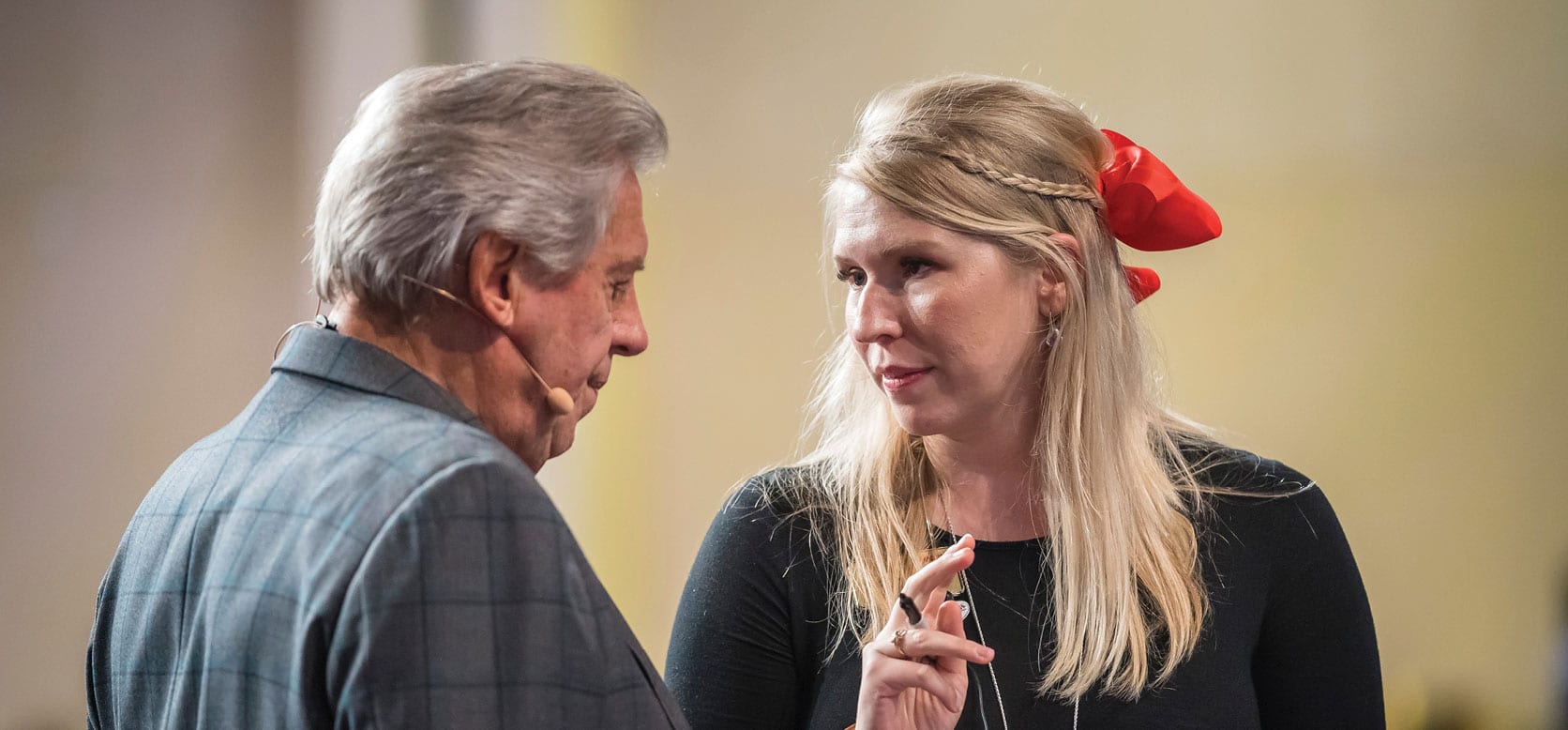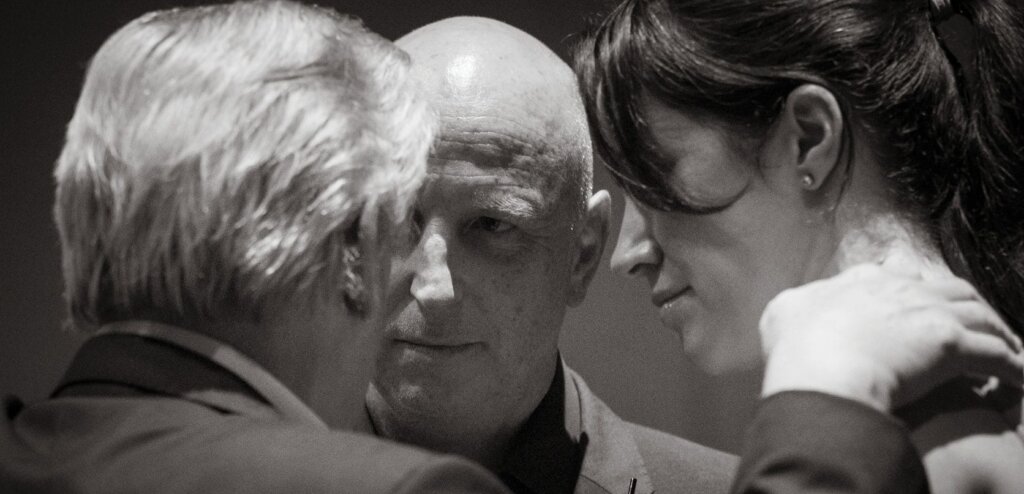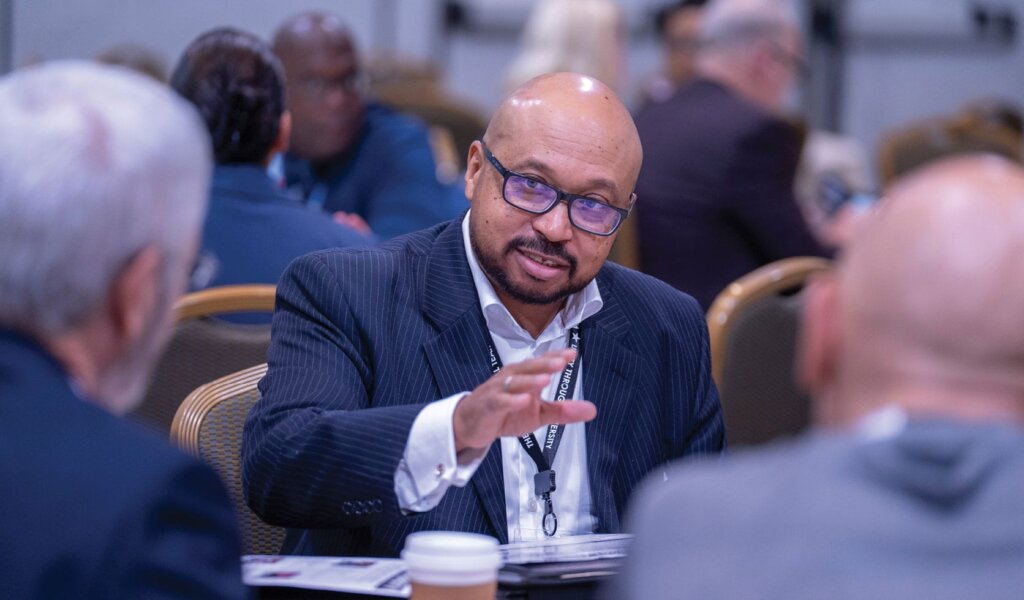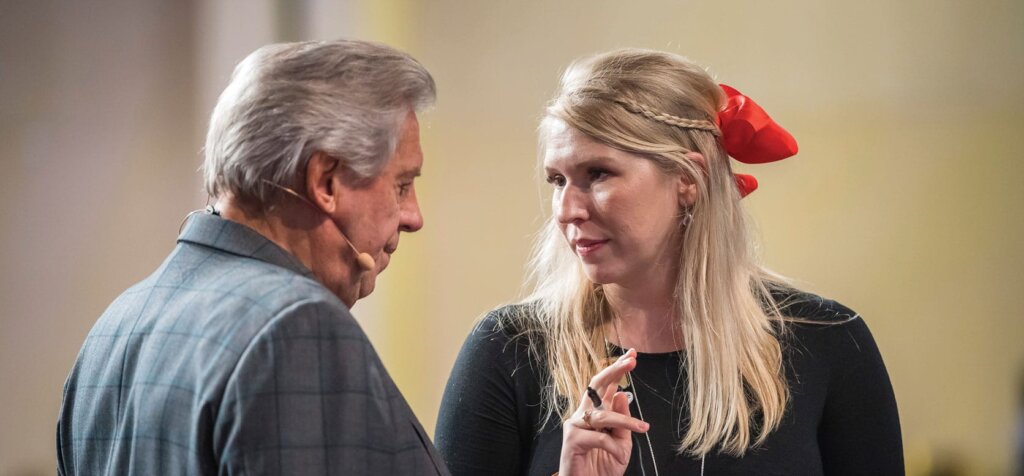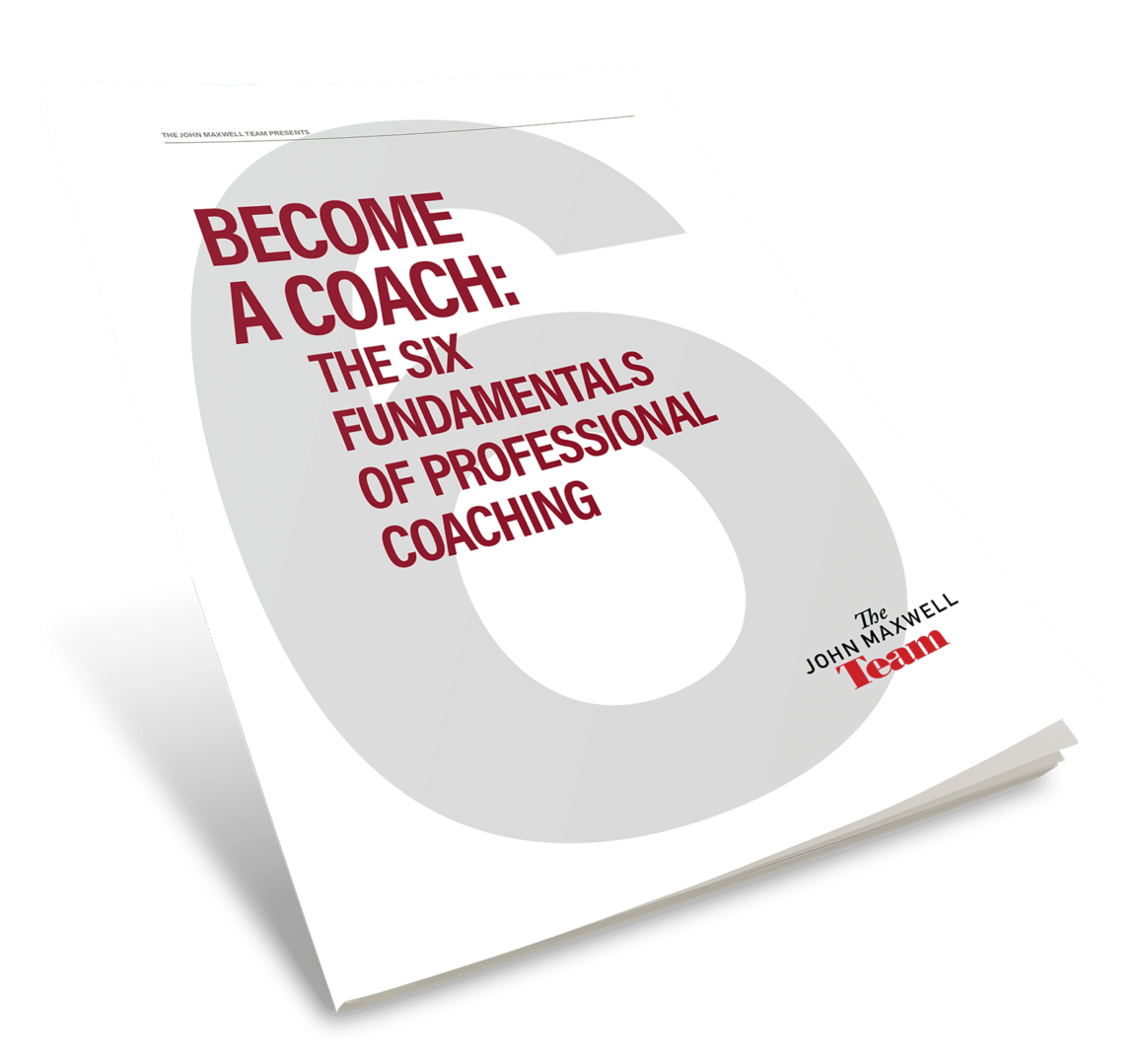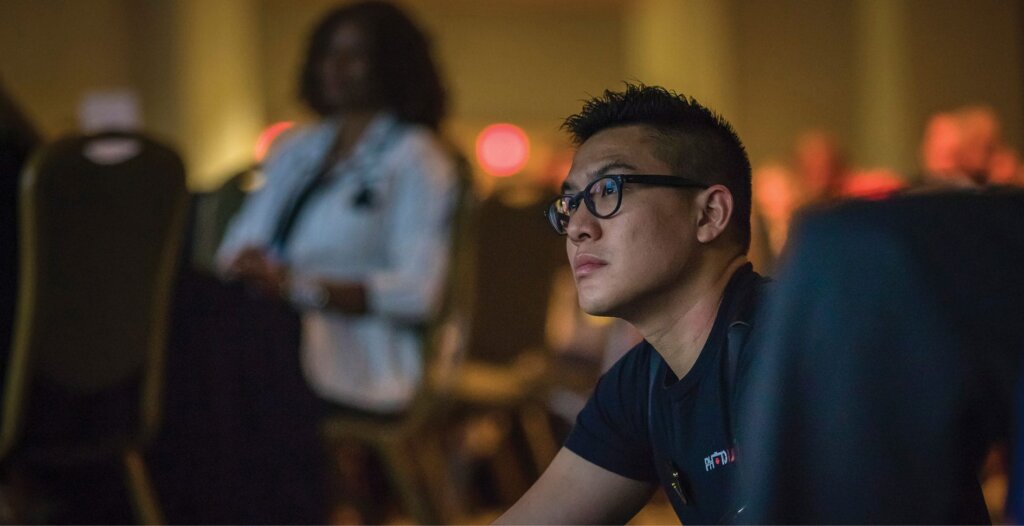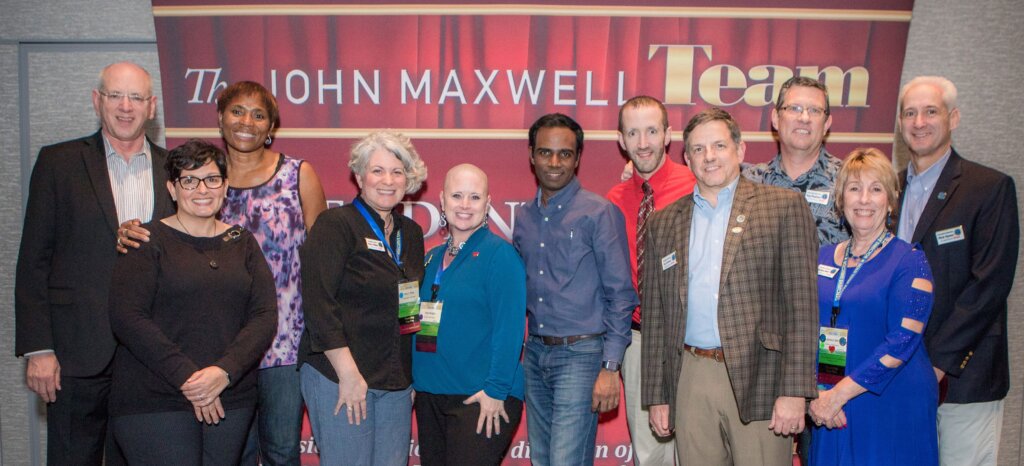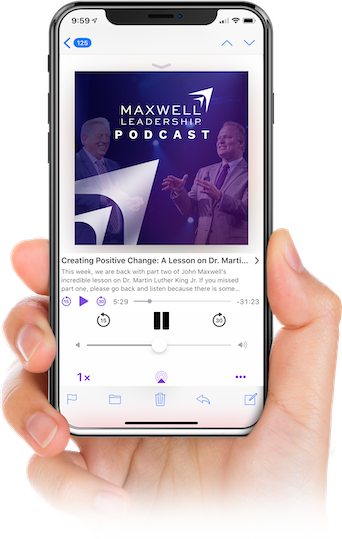Coaching helps make the unconscious, conscious. Our minds have two components: The conscious and the subconscious. When you consider that our conscious mind directs only 3-5% of our thoughts, words, and actions, it’s clear who is really in the driver’s seat: Our subconscious mind.
Our subconscious mind is the “hard drive” for our operating system, and, as a coach, it’s important to understand this, not only in the case of your clients, but for yourself as well.
When people set out to be a coach, they carry with them a noble desire to help others set, achieve, and surpass their goals. But becoming ever more self-aware is a process that anyone who wants to become a coach must undergo first.
Can you imagine how many pitfalls you can avoid as a coach if you are self-aware? Coaching others will test your mettle, and starting a coaching business will do so even more because you are now stepping into the waters of entrepreneurship. Building a business isn’t easy, and it’s even harder when you’re not self-aware.
From the beginning of our lives, our subconscious mind has been storing the feelings, emotions, thoughts, urges, and memories that all lay outside our conscious awareness. Primal by nature, it guards us from harm, and, as a result, the most painful, anxious, or high conflict events are often brought to our awareness first.
If you’ve ever wondered why you do irrational things despite knowing better, now you know. It’s not just the emotions of fear, anger, or anxiety, it’s the “hard drive” of your mind kicking in. Some people are afraid to fly, despite the fact that there is nearly an exponentially greater chance of getting into a car accident than an airplane crash. We can all picture how limited life could be for a person if he or she was never able to board an airplane.
This is a small example of the dynamic between the conscious and subconscious mind, but it’s important to understand this both for yourself and for those you coach. If a person can move past their own self-limiting beliefs and behaviors, they’ll discover the subconscious mind contains their innermost potential.
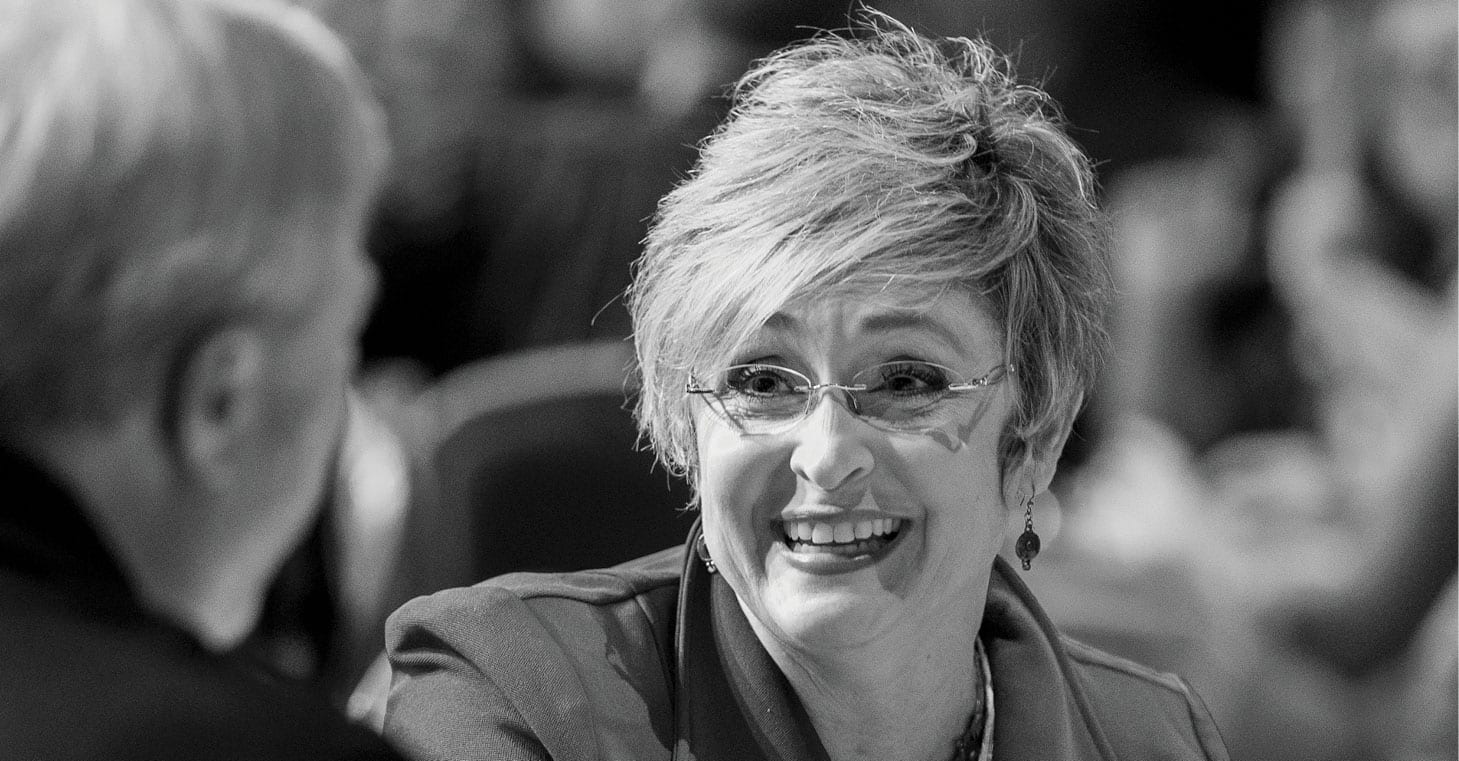
A coach uses techniques and processes that allow the subconscious to be brought into the conscious, resulting in transformational change. As Carl Jung said, “Until you make the unconscious conscious, it will rule your world and you will call it fate.”






